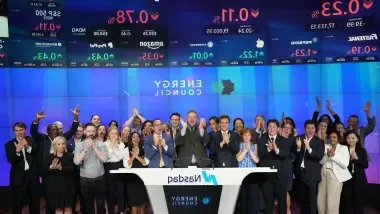
Blog
Accuracy over assumption: why the need for a single global carbon accounting model has never been greater
Are you effectively tracking your emissions data? As we await the US Court of Appeal’s decision on the US Securities and Exchange Commission’s (SEC) new climate disclosure rule, now is the time to ask.
When the US’s top financial regulator introduced a new climate rule on 6th March 2024 requiring companies to report their greenhouse gases and climate-related risks, it was two years in the making. This rule, prompted by a growing demand from investors and environmental groups, called for more consistent, comparable and reliable reporting of a company’s carbon footprint.
While the rule is currently on pause, companies should prepare to comply, especially considering similar legislation, like the one imposed by the European Union. While Scope 3 isn’t a factor in the SEC climate rule, reporting requirements for Scope 1, direct emissions, and Scope 2, indirect emissions from operations, are.
Understanding what the rule means to your company is crucial, as it won’t be a one-size-fits-all approach. Ultimately, you can’t manage what you don’t measure. To prepare for this rule, companies must:
With a team of experts in carbon advisory and leading technologies for real-time emissions monitoring, like ENVision, our consultants can work with you to set your goals, quantify your emissions and ensure scalable and cost-effective solutions. Learn more about our carbon advisory services .
In or traveling to New York? Nishadi Davis will be speaking at the New York Energy Capital Assembly on Thursday 6th June on the Carbon Accounting & Carbon Markets Spotlight panel.